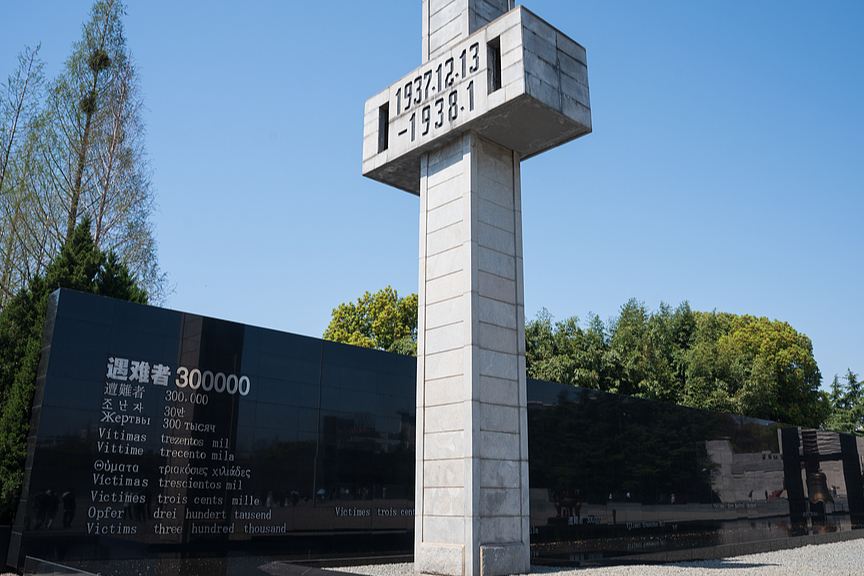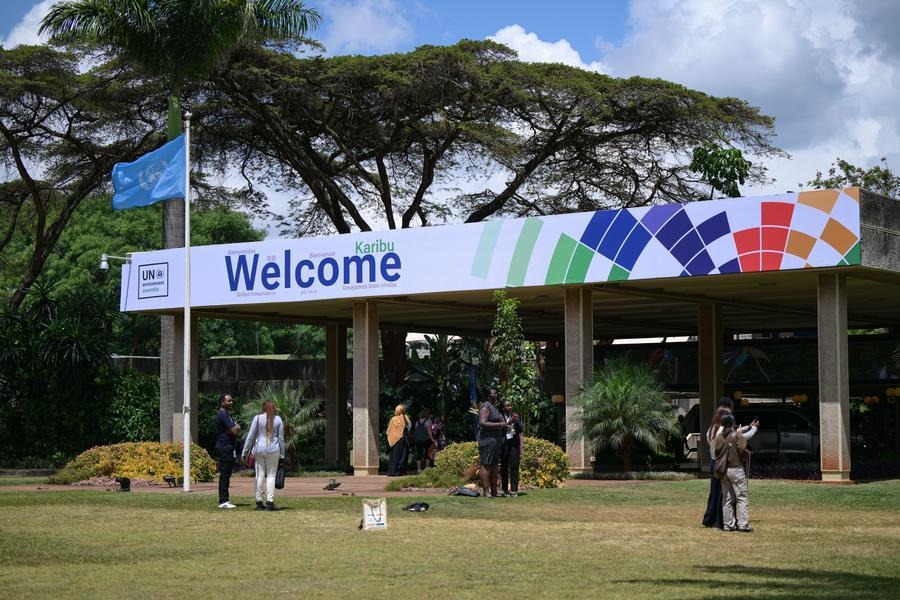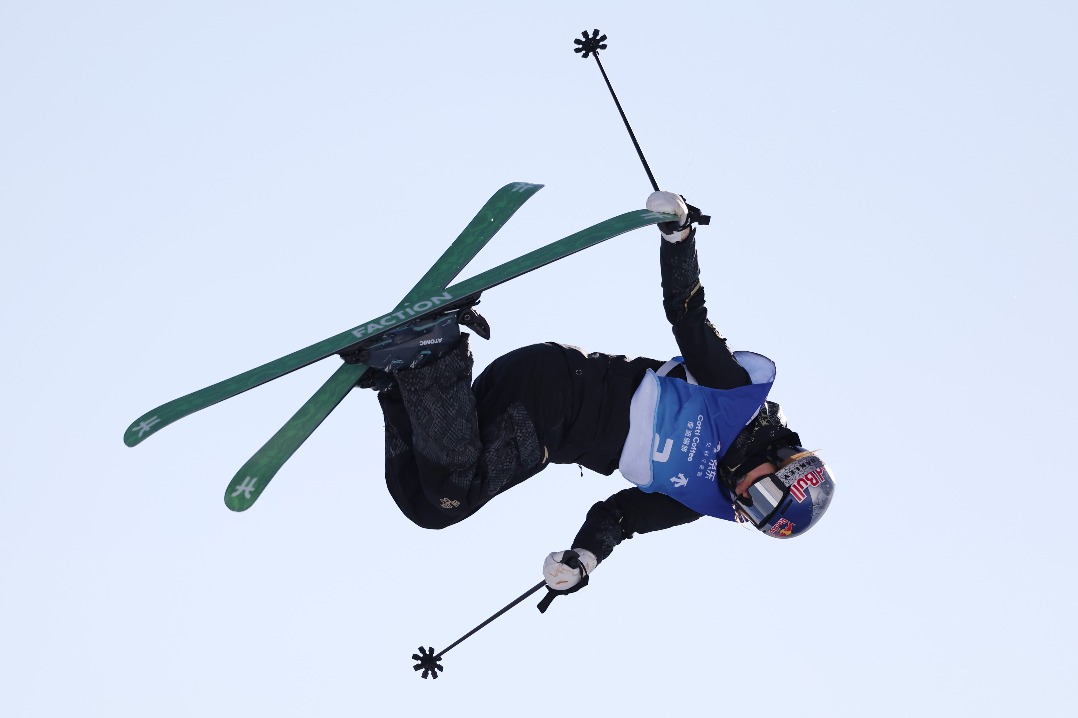FAA's 'self-certification' of aircraft criticized
By SCOTT REEVES in New York | China Daily Global | Updated: 2019-03-15 22:25

The US aircraft industry is moving toward using its own employees to certify the safety of an aircraft, a departure from prior practices at the Federal Aviation Administration that could endanger air safety, says the former chairman of the National Transportation Safety Board.
James Hall expressed his views in a piece in The New York Times one day after the Federal Aviation Administration’s decision on Wednesday to ground Boeing’s MAX 8 and MAX 9 planes following fatal crashes of the craft in Indonesia last October and in Ethiopia on Sunday. Nations around the world, including China, had previously grounded the planes.
James writes that under a 2005 change in the FAA’s regulatory responsibility, “Rather than naming and supervising its own ‘designated airworthiness representative,’ the agency decided to allow Boeing and other manufacturers who qualified under the revised procedures to select their own employees to certify the safety of their aircraft”.
“In justifying this change, the agency said at the time that it would save the aviation industry about $25 billion from 2006 to 2015. Therefore, the manufacturer is providing oversight of itself. This is a worrying move toward industry self-certification.”
Hall served as chairman of the NTSB from 1994 to 2001. The NTSB investigates plane crashes, certain types of highway crashes, ship and marine accidents, pipeline incidents and railroad accidents. The FAA regulates civil aviation and runs the nation’s air traffic control system.
Some analysts say that much of the technology in contemporary aircraft has outstripped the ability of regulators to keep up with advancements. They point out that the FAA’s practice of relying on industry insiders is no different from the US Food and Drug Administration’s reliance on experts from the companies it regulates, state bar associations overseeing the conduct of attorneys and taking disciplinary action when needed or a local police department investigating an officer-involved shooting.
“There is nothing insidious here,” said Robert Mann, president of R.W. Mann & Co airline consultants. “This is a widespread practice and occurs in other industries. The designated representative system has been used for years and is also used in Europe. Innovation often out-paces the regulators.”
Mann told China Daily that Boeing could have done a better job of sharing information about how to over-ride the anti-stall system on Boeing 737 MAX planes, but that is a separate issue from the use of representatives from aircraft builders to review the safety of new aircraft.
Industry and federal regulators worked together to correct the problem when lithium-ion batteries caused an electrical fire that grounded Boeing’s 787 Dreamliner in 2013. Industry officials eliminated the hazard by enclosing the batteries in a stainless steel box vented to the outside.
Airline accidents occur at a rate of 0.0035 per 1 million miles flown. US travelers have a 1 in 9,821 chance of dying in an air crash compared with a 1 in 114 chance of being killed in a car accident, the National Safety Council reported. In the US, the last fatal aviation accident occurred in February 2009, when a plane crashed in Buffalo, New York, killing all 49 people on board. Since then, US airlines have transported about 8 billion passengers without a fatal crash.
Scott Hamilton, managing director of Leeham Co, an aviation consultancy in Seattle, took a less sanguine view of the issue and said the FAA has been underfunded for years.
“The trouble is any time you have the applicant doing its own inspections, you risk the absence of an outside viewpoint,” Hamilton told China Daily. “But it’s not in the interest of the applicant — Boeing or whoever — to approve something that’s unsafe and will harm or kill people.”
He said Boeing’s problem with lithium-ion batteries was solved, but initial use of the batteries was approved by of regulators and industry engineers.
“Had the fire in (the Japan Airlines) plane occurred at 35,000 feet rather than on the ground, we may have lost the plane,” Hamilton said. “Congress has to budget a ton more money for the FAA and has been unwilling to do so for years.”
In January 2013, lithium-ion batteries sparked a fire on the Japan Airlines plane parked at Logan International Airport in Boston. There were no crew members on board, and no cleaning staff was injured. The NTSB blamed the fire in part on “insufficient guidance for FAA engineers to use during the certification process to ensure compliance with applicable requirements”.
























